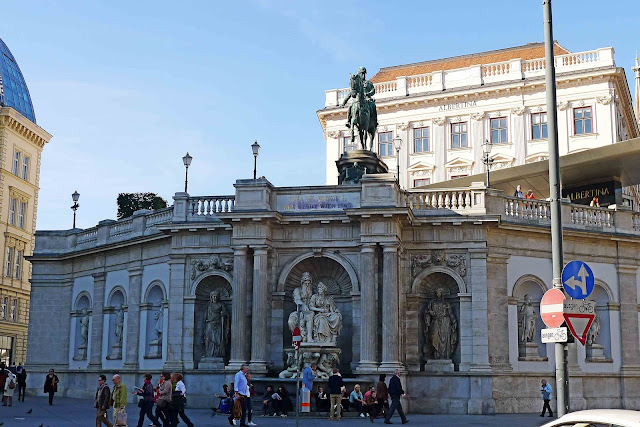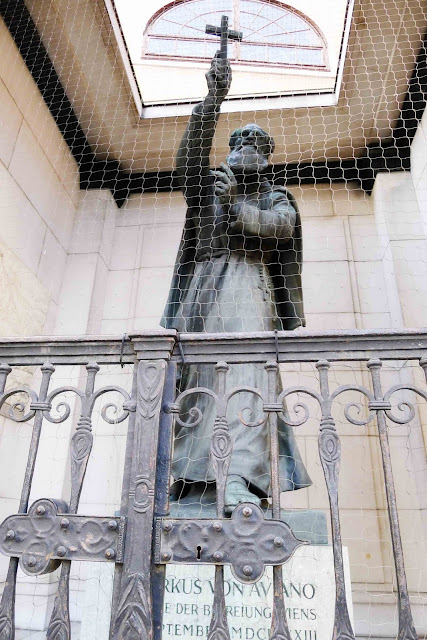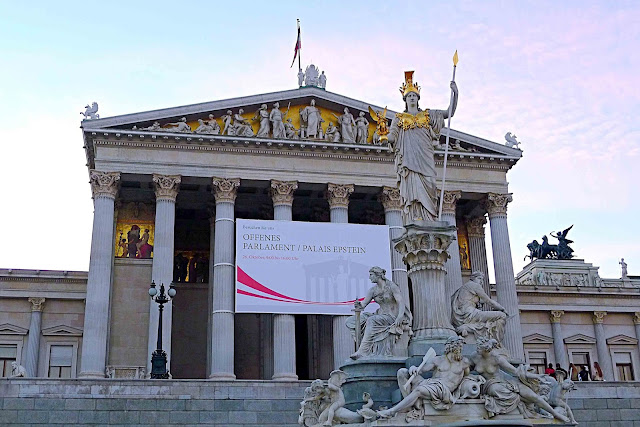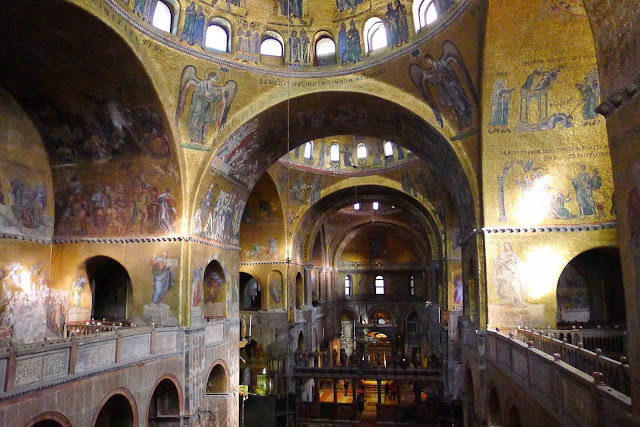A Walk Around Imperial Vienna - Legacy of the Habsburgs
Vienna was the crown jewel and capital of the Austro-Hungarian Empire. Much more than that though, Vienna was the home of the House of Habsburg, one of Europe's most important royal houses.
How important were they? Well the Holy Roman Emperor (ruler of all the Germanic States) from 1438 to 1740 was a member of the Habsburg Dynasty, and the Family ruled pretty much the whole of Continental Europe at one point, save for the territory of the Kingdom of France.
Because of this, Vienna is a city of great cultural, architectural, and historical significance as evidenced by how beautifully well planned everything is.
* Most of Vienna's imperial sights can be found along the Ringstrasse, a circular road which was built to replace the city walls, using money paid by the English for the safe release of King Richard the Lionheart (from the Crusades), who was held hostage by the Austrians.
* The Vienna State Opera is a fitting tribute to this "City of Music" which was at one point, home to Mozart, Beethoven, Schubert and Haydn.
* Built in the 1800's, the Opera House still offers performances to this day, and is still a big hit with locals and tourists alike.
* If you're looking for something unique and funny, I would recommend using the pay restroom in the Metro Stop under the Opera House. Decorated to resemble a bar and Opera House, the restroom comes with classical music for the complete experience.
* Taking a dump was never this fancy!
* The Albertina Museum contains one of the most important collections of drawings (over 65,000 pieces) and master prints (over a million!) in the world.
* Some of the valuable sketches found within include those of the Masters, such as Claude Monet and Leondardo da Vinci.
* This statue of a gentleman waving a cross on a random street corner turned out to be that of Marco d'Aviano, a Capuchin friar who became a personal adviser to the Holy Roman Emperor, Leopold I.
* The Hofburg Palace, found in the center of Vienna, is the former Imperial Palace of the Habsburg Monarchs. Built in 1279, the Hofburg has been the home of some of the most powerful people in European history.
* Here's a 360 View of the Michaelerplatz.
* Michaelerplatz serves as one of the gates to the complex and is the closest entry point to the Spanish Riding School, a traditional riding school for Lipizzan horses, whose performances are a huge hit with tourists.
* The sculptures on the pillars are very striking. This one of Hercules Slaying Hydra reminds me of the works of art found in Florence and Rome.
* For over six hundred years, each succeeding ruler sought to leave the Palace even more beautiful than his/her predecessor had left it. The result is six centuries of expansion for the whole complex along with its surrounding area, which was jostled over by competing noble families.
* The Schweizertor is a gate leading to the oldest section of the Palace. Known as the Swiss Wing, the section contains the Imperial Treasury (containing the Imperial Insignia and Crown Jewels of the Holy Roman Emperor among others) and Imperial Music Chapel.
* One of the most beautiful buildings in the Complex is also its newest. Finished in 1913, the Neue Burg (New Castle) houses a number of museums including the Ephesus Museum, Collection of Arms and Armor, and a collection of musical instruments belonging to Beethoven, Schubert, and Haydn.
* Standing majestically at the center of the square is this statue of Prince Eugene of Savoy, one of Austria's greatest commanders and statesmen, having fought against the French and Ottomans in numerous battles.
* However, the site also has a piece of dark history. It was here in 1938, that Adolf Hitler stood on the balcony of the Neue Burg, and proclaimed to the people below that Austria was being incorporated into the Third Reich.
* The writer appreciating the historical significance of the area, and his wife appreciating how picturesque everything is.
* Across the street from the Hofburg Complex is the Maria-Theresien-Platz, a large public square featuring this monument to the Empress Maria Theresa. So powerful were the Habsburgs at this point, that the Empress and her husband Francis I, the Holy Roman Emperor, had sixteen children which included: two Holy Roman Emperors, the Queen of France (Marie Antoinette!), the Queen of Naples and Sicily, and the Duchess of Parma.
* Beside the Empress' monument stands the Kunsthistorisches Museum which houses the Habsburg's HUGE art collection. Among the paintings stored within are works by Raphael, Pieter Brueghel, and Rembrandt.
* And across the Kunsthistorisches Museum in Maria-Theresien-Platz, is the identical looking Naturhistorisches which is a natural history museum housing a HUGE collection of animal specimens, dinosaur bones, precious stones, and meteorites. Both museums opened at the same time in 1889.
* The Burgtheater, built in 1741, is one of the most important German language theaters in the world. Three Mozart operas premiered here, as well as Beethoven's 1st Symphony.
* This Neo-Classical building is the Austrian Parliament Building, home of the National and Federal Council of the Austrian legislature.
* Very nice! The Ancient Romans and Greeks would approve.



























Comments
Post a Comment